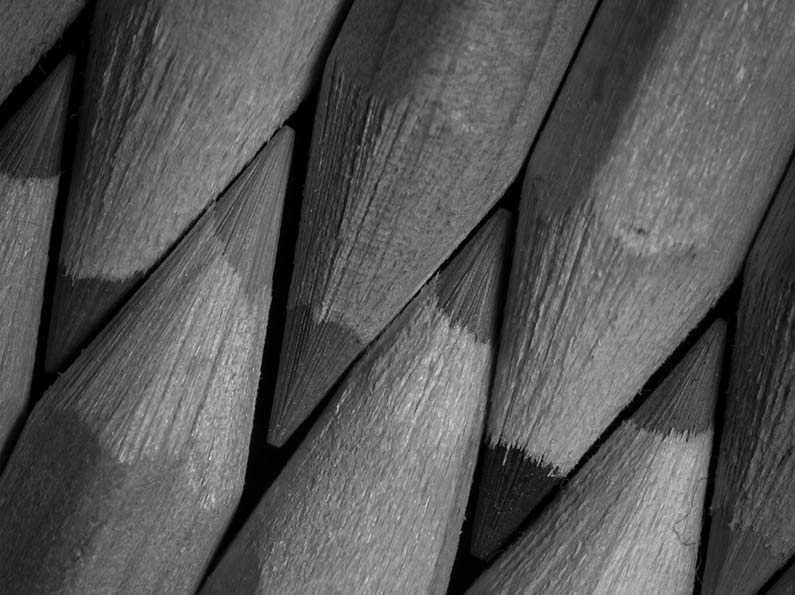Handwriting comparisons are among the most common tasks for handwriting experts in private practice. But how is handwriting differentiated between individuals? The answer lies in the unique characteristics that develop as writers transition from learning standardized handwriting systems in school to creating their own distinct styles.
How Handwriting Becomes Unique
Initially, most individuals learn to write by copying a standardized handwriting system. However, as people mature, their handwriting evolves, reflecting personal characteristics that make it unique. These individual traits may include:
- Variations in writing slant
- Spacing between letters
- Design and length of approach and termination strokes
- Placement of dots on “i’s” and crossings on “t’s”
- Proportions between tall and short letters
- Distinct numeral styles
A writer’s handwriting is influenced by their skill level, the desired appearance of their writing, and practical considerations like how quickly they need to write. For example, someone attempting to create an elaborate, embellished script will require more time than someone using a simpler cursive style.
Natural Variation in Handwriting
Handwriting, including signatures, naturally varies for every individual. This variation is one reason a document examiner requires multiple known samples (referred to as exemplars) from a suspected writer. These samples allow the examiner to establish a “master pattern” of consistent features and acceptable variations.
The questioned signature is then analyzed against this master pattern to determine whether it conforms to the known writing or deviates significantly.
Identifying Forgery or Fabrication
While some questioned signatures may appear similar to genuine ones at first glance, a detailed comparison often reveals inconsistencies. A document examiner can identify signs of forgery, such as:
- Simulation: Attempting to copy the handwriting of another person.
- Tracing: Using an existing signature as a guide to recreate the signature.
- Cut and Paste: Physically or digitally transferring a genuine signature onto another document.
These techniques often fail to replicate the natural variations, rhythm, and pressure patterns of authentic handwriting, making them detectable to an expert.
The Value of Multiple Specimens
Clients often assume that comparing a single known signature to the questioned one is enough to determine forgery. However, a proper handwriting comparison requires several known specimens. This allows the document examiner to distinguish between natural variations in genuine handwriting and discrepancies caused by forgery.
For example, what a client might perceive as evidence of forgery based on minor differences could simply be normal variation in the writer’s signature. Conversely, a document examiner can identify consistent deviations that prove a signature is not genuine.
The Complex Art of Handwriting Comparison
Handwriting comparison is a meticulous process that requires expertise, experience, and multiple writing samples for accuracy. While it may seem straightforward to the untrained eye, the nuanced analysis performed by a document examiner ensures that conclusions are based on evidence, not assumptions.
Whether it’s verifying the authenticity of a signature or detecting forgery, handwriting comparisons provide crucial insights in legal disputes, fraud investigations, and other high-stakes cases.
By relying on a skilled document examiner, clients can achieve clarity and confidence when it matters most.

